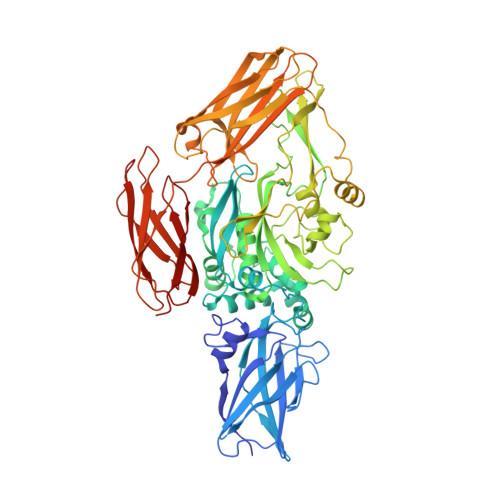Conformational activation and inhibition of transglutaminase 2 determined by static and time resolved small-angle X-ray scattering and cryoelectron microscopy
Aplin, C., Zielinski, K.A., Pabit, S., Ogunribido, D., Katt, W.P., Pollack, L., Cerione, R.A., Milano, S.K.To be published.















